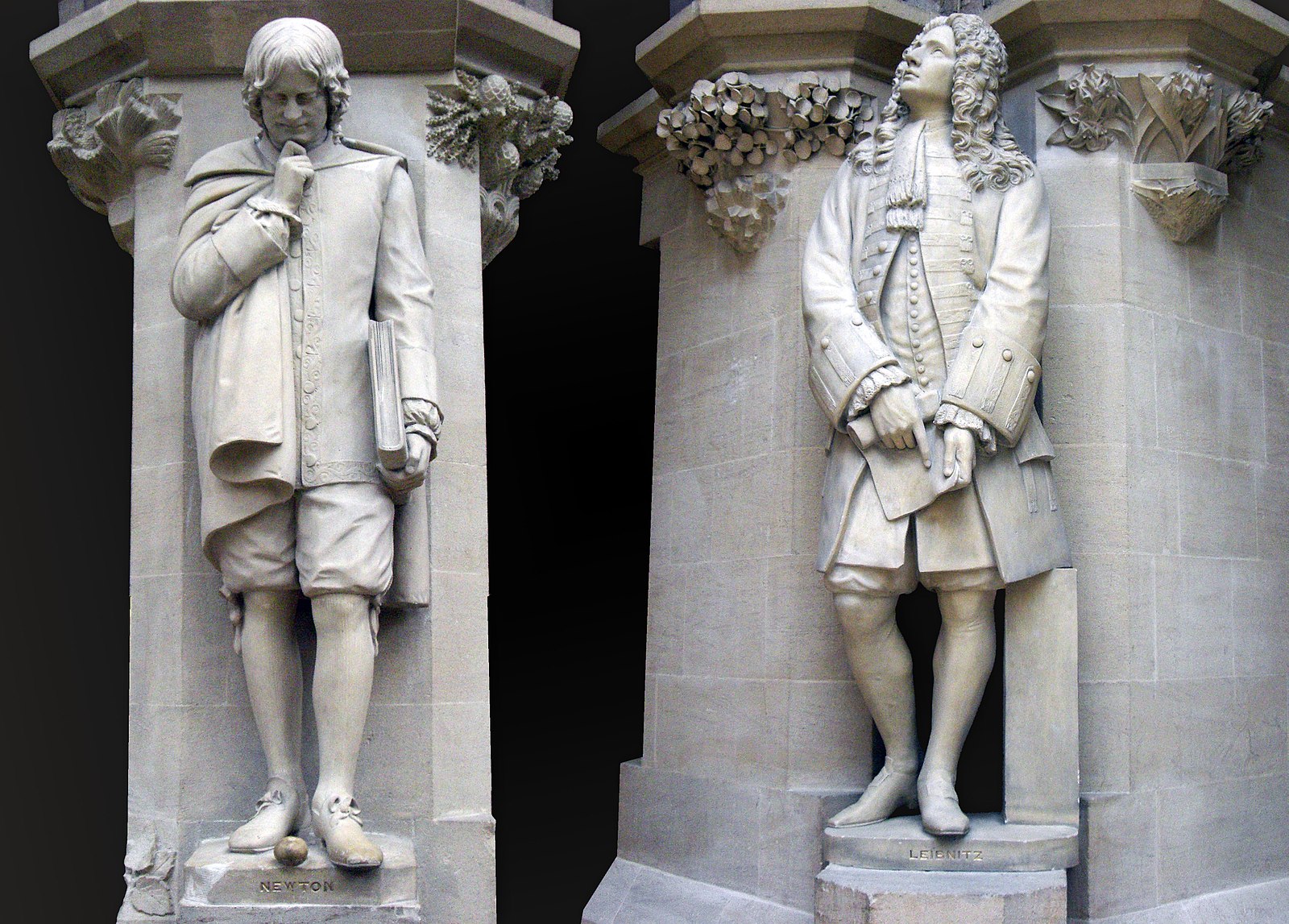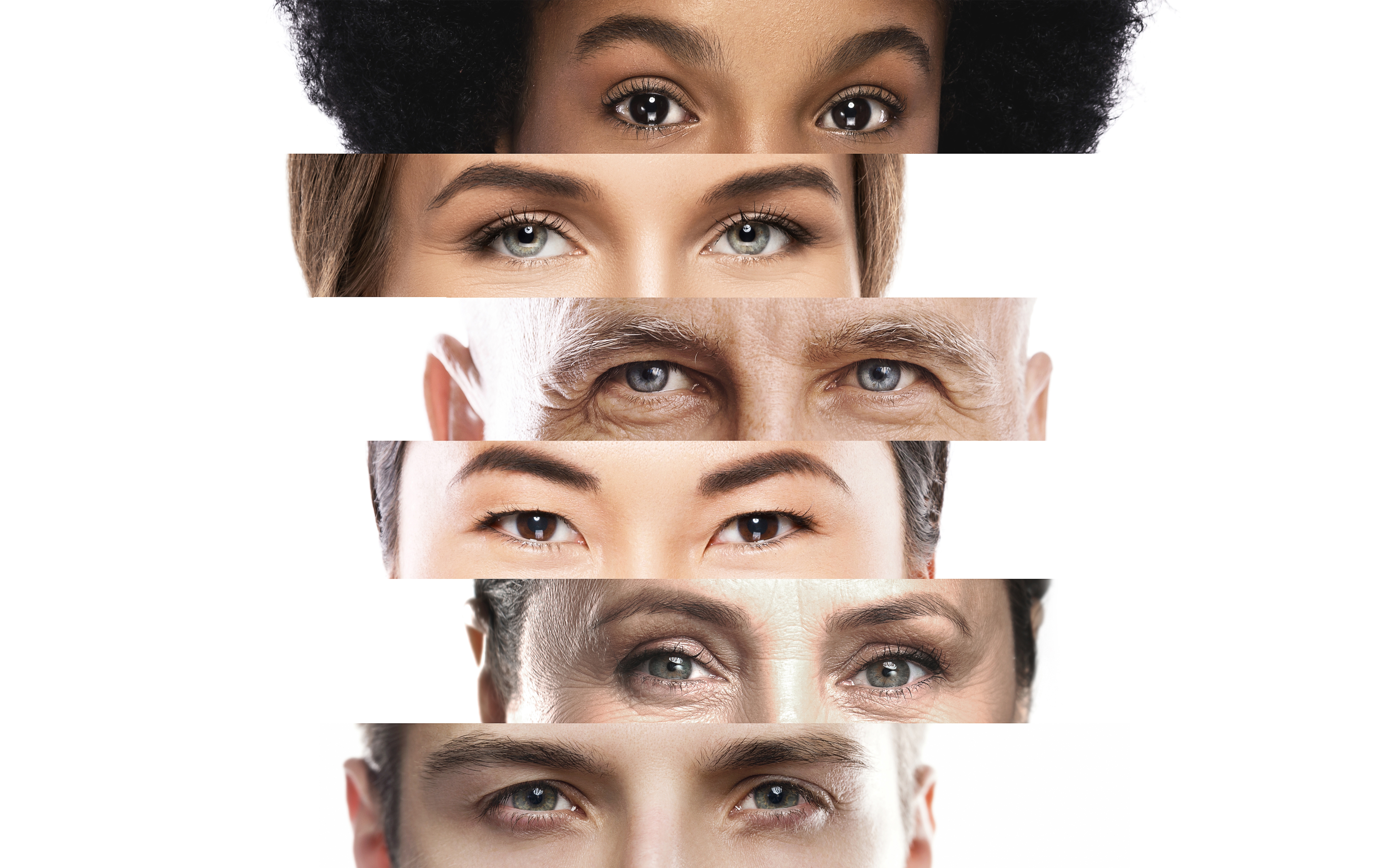If you want to start a company, you can't do it in isolation. You need to find co-founders. You need to find employees. You need to find investors. You need to find funding. You need to work in a marketplace and so on. If you want to write an academic paper, people think that it's academics sitting in a dark room, maybe with candlelight, writing things. No, it's not true. We are connected to other scientists. It's an ongoing conversation, either through the literature or at conferences, or literal conversations where we're talking to one another and coming up with ideas. Nothing we do is on our own. We are an incredibly social species, an incredibly cooperative species, and everything that we've ever achieved works along those lines.
The collective brain
Professor of Economic Psychology
- Everything that humans have ever achieved have always been collective acts. There is nothing that anyone can actually do on their own. We are an incredibly social species.
- In the COMPASS model of innovation, the "Collective brain" recognizes that innovation isn't an individual process and enables people to go "Off the beaten path" to find solutions in other disciplines; use the "Magpie strategy" to draw on ideas from other sources; embrace the "Paradox of diversity" by seeing both richness and division in diversity; pursue "Adjacent possibilities" by finding big wins in small changes; value being "Social over smart"; and practice "Sharing".
- The degree to which we trust one another is the degree to which we are a society. Enabling cooperation and collective action are essential to understanding how we move forward
An incredibly social species
Everything that humans have ever achieved, our greatest achievements and our worst atrocities, have always been collective acts. There is nothing that anyone can actually do on their own.

© Eder Paisan via Shutterstock
To say that is actually an understatement, because our cognition isn't just situated in our brains. This is one of the biggest misconceptions about human intelligence. It's not just situated up here; it is part of a collective brain. Innovations are not the product of innovators per se any more than your thoughts are the product of a particular neuron. Yes, an innovator is involved, an inventor is involved, but they sit in a social network, in a collective brain, where ideas are flowing around, recombining and reconnecting, and happen to reconnect in that person's brain.
Simultaneous inventions
If you look across the history of science, we see, for example, simultaneous invention as the norm. Who invented calculus? It was Isaac Newton. Actually, Leibniz also invented calculus at around the same time. They had a fight over who came first. In fact, most modern calculus notation is Leibniz notation, not Newton's notation.

Statues of Isaac Newton and Gottfried Leibniz © Andrew Gray & Alexey Gomankov via Wikimedia
How did that happen? Why is it that for centuries we had no calculus, then two people come up with calculus at exactly the same time? Why did Charles Darwin come up with a theory of evolution? Even if we had no Charles Darwin, we would have had Alfred Wallace, and we would have called it Wallacean evolution or something like that, because he came up with the same idea at the same time.
In both these cases, we can actually trace the way that the ideas came together to create evolution, to create calculus – or even Einstein's ideas. We can trace the origins of those ideas sitting in that patent room, working on electrical devices for the synchronization of time and how these shaped his gedanken, his thought experiments.
We distribute our cognition. As individuals, we understand a very narrow sliver of the world, and we're kind of stupid about everything else. As a collective, humanity is brilliant. Humanity is capable of solving problems, not specific humans per se, even if obviously a particular human is involved, and even if that particular human is a nexus of genes and of cultural ideas and of particular life experiences that lead to a particular experience that can create new industries.
Bigger than ourselves
We are literally part of something bigger than ourselves. Human intelligence isn't just situated in your own head. Humanity is what's brilliant. It's often better to be social than it is to just be smart, because being social exposes you to problems and their solutions. The solutions to your problems are in other people's heads but often scattered across many heads. It's those who are going out and reading the right papers, reading the right books or talking to people they disagree with who are discovering those connections and developing all of those brilliant solutions. No matter what it is that you want to do, recognize that you can never do it alone.

© katatonia82 via Shutterstock
It is about connecting yourself to something bigger than yourself, moving forward in that mission and that goal or whatever it is that you're trying to achieve.
The collective brain
One of the things people ask me is, what is an innovative culture? The answer is, there isn't one innovative culture, but there are principles with which you can create different kinds of innovative cultures. I've tried to summarize the insights from the literature in what I call the Compass model of innovation – how to move toward the place you want to be.

© Michael Muthukrishna
The first version of that is ‘C’, the collective brain, recognizing that innovation isn't an individual process. It isn't just about finding 10X engineers and brilliant employees; it's about creating 10X teams or finding 10X engineers and putting them together into 100X teams. It's about the ways that we work together. It's about whether the problems in a company are exposed to the solutions in the company through a kind of collective process. That's the collective brain.
Off the beaten path
The second principle of Compass is ‘O’, off the beaten path. They say madness is doing the same thing and expecting something different. Innovation means doing something in a way that you haven't done before. If you have too much rigidity in your culture, too much rigidity in your systems, then you're not able to have the deviation that's required to discover new things. What a company needs to work out is how much deviation? How much are they going to allow people to go off the beaten path?

© NASA Johnson Space Center via Wikimedia
Obviously you can go so far off the beaten path that it's too costly, or you can be too narrow and not discover. In evolution we call this evolvability. It's the mean-variance trade-off. It's how much variation I should tolerate even when it's suboptimal so that I can discover new solutions and new things. Again, this is why companies differ, because small companies can't afford to do that. They should be stealing, which is the third principle. Whereas large companies can have a “skunk works”, large countries can have Silicon Valley, which is a graveyard of failure, but it leads to many of the successful tech companies the United States has.
The magpie principle
The third principle is ‘M’, the magpie principle. Magpies in folklore are said to go out and find shiny objects and bring them back to your nest.

© Wirestock Creators via Shutterstock
In science, we call this intellectual arbitrage. The solutions to problems are sometimes scattered across people's heads, but sometimes they're just in a different industry. You can arbitrage. You can intellectually arbitrage ideas from, say, psychology, bring them over to economics and win yourself a Nobel Prize.
You can find something that's working in the tech sector and maybe apply it to the housing sector, or apply it to medical sciences or to the agricultural sector. Finding solutions in other disciplines that you're not aware of by talking to people you disagree with, talking to people in very different disciplines, talking to people in other circles is what the magpie strategy is all about.
The paradox of diversity
The fourth principle is ‘P’, the paradox of diversity. This is the realization that diversity is strength, but it's also division. Diversity is the fuel for innovation through recombination.

© Prostock-studio via Shutterstock
It is also by definition divisive. This is the elephant in the room. If you want to grab that bull by its horns, you have to acknowledge the duality, that diversity is a dual edged sword. By definition, if we don't speak the same language – let's say, sales and engineers, they just speak very different disciplinary languages – there's no way for them to work together. You need to solve the paradox of diversity in ways that reap all the benefits without paying those coordination costs. How do you do that? You can have translators. You can have bridges, people who work across those disciplines or spend time in other teams, who then gather that knowledge and are able to serve as a bridge between two very specialized domains. By the way, this applies beyond companies to countries as well. If we don't speak the same language, you're going to have some trouble. Maybe today, in a world of machine learning, it'd be okay, but you'd have some trouble understanding what I was saying. If I decided to move to the United States and say, “In my culture, we drive on the left-hand side of the road,” it's not going to work, because it's a lack of coordination with the way people drive there.
Adjacent possible
The fifth principle in Compass is ‘A’, the adjacent possible. If humans needed wings in order to survive, we'd go extinct. We cannot evolve a set of wings. It's just too complex a thing to do. What companies ought to be doing is looking for adjacent possibilities. Can humans evolve different skin colors? Of course they can. Can they evolve different eye shapes or hair types? Of course.

© Blackday via Shutterstock
We can find things that are slightly adjacent, requiring small mutations – companies, too. They can move to industries that are adjacent to what they already do. They can apply what they've discovered to a different domain. This is innovation through finding those adjacent possibilities.
Sharing and culture
It's better to be social than it is to be smart – ‘S’. It is better to seek out those ideas, to have a culture that prioritizes psychological safety where people feel free to spread their ideas. Sharing is critical – ‘S’ – being able to freely connect with one another to share our ideas, having the freedom to get things wrong.

© Rawpixel.com via Shutterstock
Some organizations, for example, reward the person who gave the most difficult feedback. It might be an intern who criticized the CEO. That's a great way to create a culture where people are willing to speak out and not mind being wrong. There's no penalty to being wrong as long as you're informed. These seven principles, Compass, distill a whole bunch of literature in a way that's very actionable for companies, and what we typically do is take that, find the ways that people are already working and map it into something that works well for that company.
Building trust
Trust is the synapses of our collective brain. The degree to which we trust one another is the degree to which we are a society. When that trust breaks down, when we no longer trust our leaders, when we no longer trust one another, we are really no longer a society. We're no longer able to work with one another. It is absolutely essential that we build up trust. We have the freedom to speak to one another with freedom of speech so that we can say what we really think and recognize that we're all on the same page.

© Oxfam East Africa via Flickr
We're all on the same planet. We live in the same country. We're moving toward a common goal. When that trust breaks down, as it has in many parts of the world, we see effectively the deterioration of society, and we see many of the maladies of the modern world.
“Tragedy of the commons”
There are different ways to describe the problem of cooperation, which is, when do people cooperate at a higher scale compared to a lower scale, or when are people cooperating at all versus being very selfish? In the mid 20th century, Garrett Hardin came up with this idea of the “tragedy of the commons” as one way to describe this. Hardin imagined a field filled with grass, where farmers were grazing their cows. He showed that it was in every individual farmer's best interest to graze as much as they could so that the cattle grew fat and large, and maybe they could have more cattle. Then, in the marketplace, they would become the richest farmer in the area. It was in all farmers' best interest to carefully manage those commons, to carefully manage them so that everyone had enough grass for their cattle, and therefore that field would persist for many decades and not just be destroyed into soil, effectively.

© Bits and Splits via Shutterstock
That's the problem that we face. Even with something like climate change, it's in all our interests to find ways for clean growth or investing in things that mitigate some of the damage that we've done to the planet. It's in every individual country's best interest, every individual company's best interest and every individual's best interest to forget all of that and grow as quickly as possible in any means we can. The “tragedy of the commons” and the solutions that have been discovered for enabling cooperation and collective action are essential to understanding how we move forward. Unfortunately, they also, including some of my own work, reveal that it's a very, very difficult problem.
Editor’s note: This article has been faithfully transcribed from the original interview filmed with the author, and carefully edited and proofread. Edit date: 2025
Discover more about
the collective brain
Muthukrishna, M. (2023). A theory of everyone: Who we are, how we got here and where we’re going. Basic Books UK.
Muthukrishna, M., & Henrich, J. (2016). Innovation in the collective brain. Philosophical Transactions of the Royal Society B, 371(1690), 20150192.
Muthukrishna, M., Doebeli, M., Chudek, M. (2018). The cultural brain hypothesis: How culture drives brain expansion, sociality and life history. PLOS Computational Biology, 14(11), e1006504
Schimmelpfennig, R., Razek, L., Schnell, E., Mutukrishna, M. (2022). Paradox of diversity in the collective brain. Philosophical Transactions of the Royal Society B, 377(1843), 20200316.
Muthukrishna, M. (2021). The ties that bind us. LSE Public Policy Review, 2(1), 3.
Hardin, G. (1968). The Tragedy of the Commons. Science, New Series, Vol. 162, No. 3859 (Dec. 13, 1968), pp. 1243-1248. American Association for the Advancement of Science